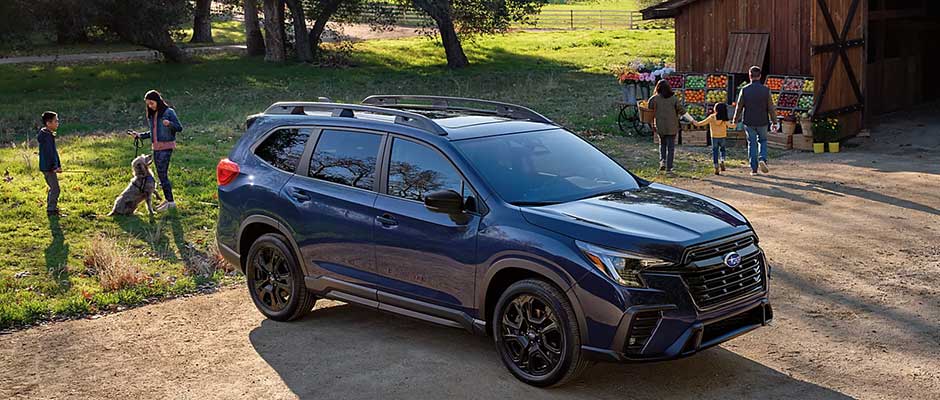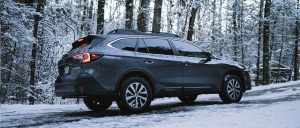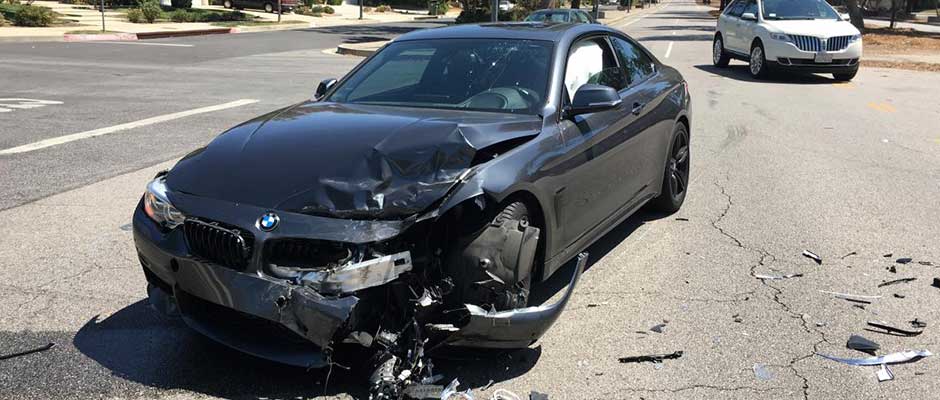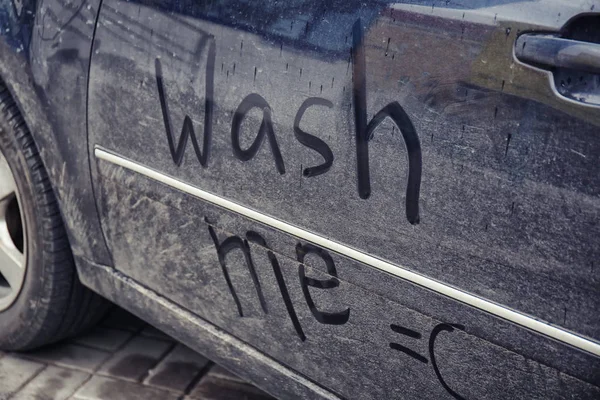
The Most Common Subaru Problems Drivers Often Face
Associated Collision Center wants you to be safe and aware, this blog contains great info on The Most Common Subaru Problems Drivers Often Face.
It’s no secret that Oregonians love their Subarus. Known for their ample storage space, off-roading capabilities, sporty look, and built-in safety features, Subarus are excellent cars for anyone who loves the great outdoors. But like all car owners, Subaru drivers are bound to run into issues at some point.
Different makes and models tend to come with different issues. It’s always helpful to know the common problems associated with your vehicle, so you’re informed and prepared to deal with issues when they arise.
Keep reading to learn about the most common Subaru problems you might run into and what to do when they occur.
Why Drivers Choose Subarus
Even though Subaru is one of the smaller nationally recognized manufacturers, their cars are exceptionally popular in certain regions like the Pacific Northwest and New England, where people love to get out and explore the outdoors!
Every car comes with benefits and drawbacks. But here are a few of the reasons Subarus are so popular among drivers in the PNW and beyond:
- They have extra cargo space and convertible top racks to hold bikes, kayaks, and other gear.
- Subaru models are consistently rated among the safest vehicles in the event of a collision by the Insurance Institute for Highway Safety (IIHS).
- They’re known for being comfortable and intuitive to drive.
- They’re one of the more socially responsible car manufacturers.
How long do Subarus typically last?
Subarus generally have higher-than-average reliability ratings. With proper care and maintenance, most Subarus can last 200,000 to 300,000 miles or about 12 to 13 years before major repairs are needed.
However, the reliability and longevity of your Subaru (or any other car, for that matter) depends on a number of factors. These include:
- The specific model
- The model year
- Driving conditions
- Routine maintenance
- Accidents
You can help prolong the life of your Subaru by taking your car in for routine maintenance and keeping up with oil changes, tire pressure checks, brake-fluid checks, and belt and air-filter replacements.
Common Subaru Problems
Subarus are among the safest and longest-lasting vehicles on the market. But like any car, problems can arise due to manufacturing mistakes, wear-and-tear over time, and collisions on the road.
Here are some of the most common Subaru problems to look out for:
 Fast battery drain
Fast battery drain- Dings and dents
- Broken fuel pump
- Starlink issues
- Cracked windshields
- Sudden unintended acceleration
- Electrical issues
- Misaligned frame
- Scratched or chipped paint
- Faulty light switch
- Defective CVT
Subaru Accidents
No one wants to be involved in a collision. But accidents happen regardless of the type of car you drive. Subarus are among the safest cars to drive, especially when it comes to accidents on the road. They come with a wide range of advanced safety features, such as EyeSight technology, automatic braking systems, and distraction mitigation mechanics.
Subarus are also known for built-in safety and expert craftsmanship. With superior weight distribution, durable seatbelt technology, and reinforced frames, Subarus are designed to protect the safety of passengers in the event of a collision.
How common are Subaru accidents?
Subarus are exceptionally safe and protective when collisions happen. But accidents are actually quite common among people who drive Subarus. In fact, Subaru drivers cause traffic accidents at the second highest rate in the country, with over 10% of Subaru owners reporting an at-fault accident.
Subaru Collision Repair
If you’ve been involved in a collision that resulted in damage to your Subaru, it’s important that you receive reliable repair services from a Subaru Certified Collision Repair Center.
Subaru-certified body shops are guaranteed to have received rigorous training specific to Subaru makes and models. They also have access to advanced equipment and genuine Subaru OEM parts. If you own a Subaru, choosing the right body shop is essential to restoring your vehicle and staying safe on the road.
Is it expensive to fix a Subaru?
On average, Subarus require about $617 annually for standard maintenance, which is slightly above average. They’re also slightly more expensive to repair when they break down or sustain damage compared to other mid-range vehicles. But the cost of Subaru repairs can vary substantially depending on the model you drive, the extent of the damage, the type of repairs needed, and the repair shop you choose.
What to know more? please visit our last month’s Who is Who in a Car Repair Shop. All Blog listing can be found here.





Recent Comments